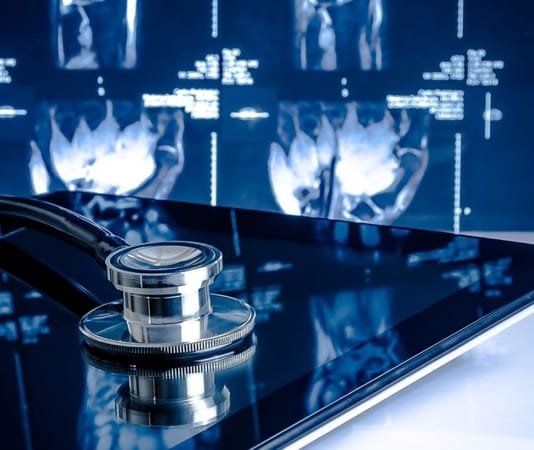
Digital radiography, or digital x-rays, are becoming more and more widespread in the medical and dental fields. But what are the benefits of digital radiography compared to conventional radiography? Here are a few things to know about diagnostic imaging and how technology has advanced in recent years.
Traditional X-Rays
Conventional x-rays use film to create an image. The x-ray photo takes time to develop but offers a relatively clear view of what’s happening inside the patient’s body. Traditional x-rays have been used for decades with great results, although it can be hard to see the finer details as there’s no way to enhance the image without compromising the quality. They also expose the patient to a small level of radiation to formulate the image, which can be a concern to some people. Traditional x-rays have a greater risk of human error, as the images aren’t as detailed and rely more on human interpretation.
Digital X-Rays
Digital x-rays offer a much clearer look at the area in question with 70% less radiation than conventional x-rays. Digital x-rays use computer technology to create high-quality images that can easily be enhanced while maintaining their original quality, so your doctor or dentist can zoom in on various areas for detailed shots without having to take additional images. Digital radiography doesn’t require time to develop the images and allows for easy storage of a patient’s x-ray files on a computer, which makes it easy to transfer files between offices if needed.
While many people have a negative view of x-rays and the radiation they require, digital x-rays are a huge step in the right direction. With digital x-rays, you can rest assured knowing that you’re getting accurate results with only a fraction of the radiation that traditional x-rays give.
